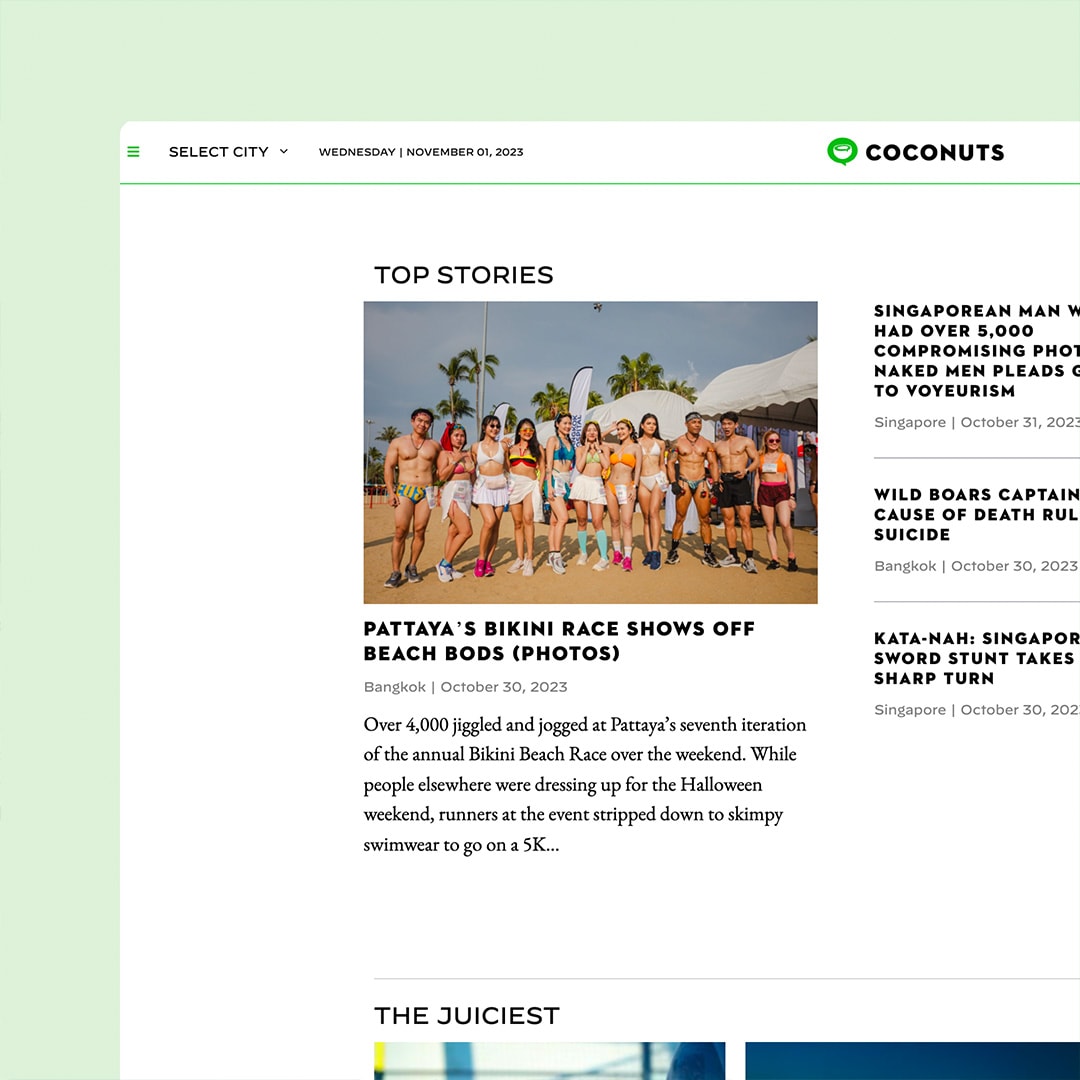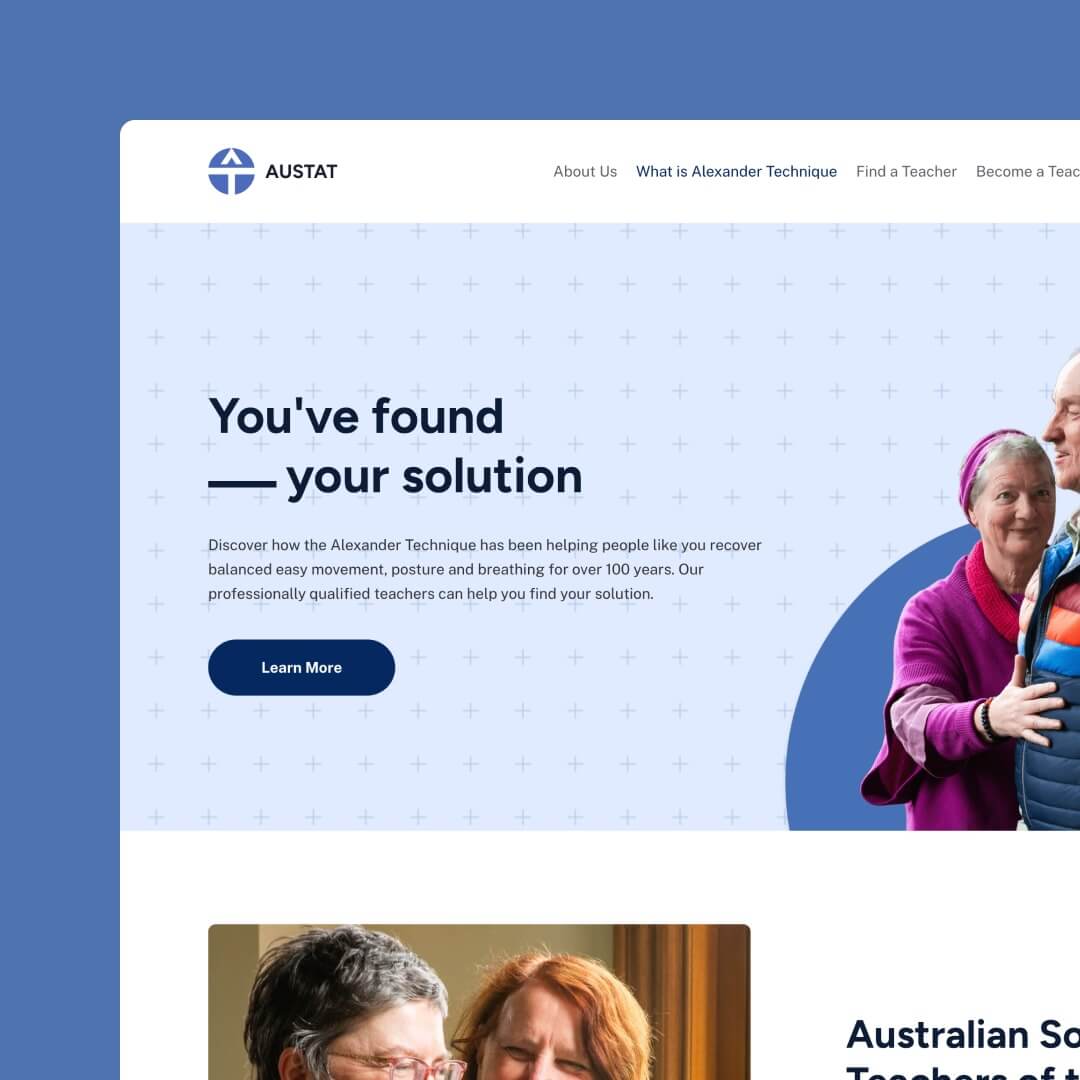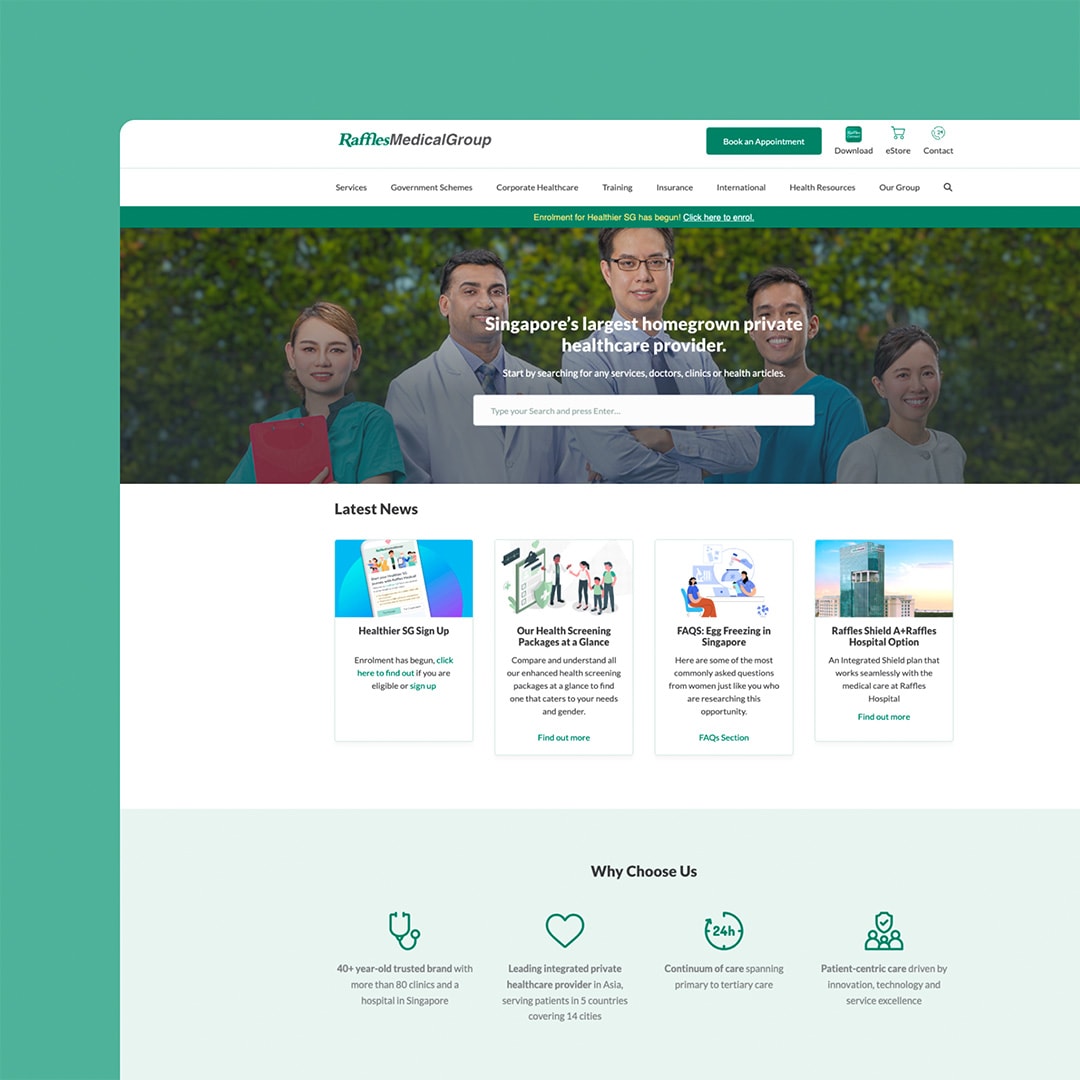
We’ve all been there: you’re trying to get your small business off the ground, and you know a website is crucial for your success. But how do you go about designing one that’s both engaging and effective? The answer is simple: by focusing on key aspects such as responsive design, user experience, mobile-friendliness, and SEO optimisation.
In this article, we’ll walk you through the process of designing a small business website that not only looks great but also functions effectively and fulfils your business goals. We’ll start with the basic steps of website design, then delve into the more technical aspects, and finish with some best practices to ensure your site truly stands out.
A detailed explanation on designing a small business website begins with understanding the key components. These elements, when combined appropriately, create a website that not only attracts visitors but also converts them into customers.
Table of Contents
The Foundation of a Good Website
At its core, a good website begins with a responsive design. A responsive design ensures that your website adapts to the screen size of the device it’s viewed on, be it a desktop, a laptop, a tablet, or a mobile phone. This adaptability increases usability and enhances the user experience (UX), making your site more accessible to a wider audience.
A mobile-friendly design takes UX to the next level by specifically catering to users who access your site via mobile devices. Given the increasing prevalence of smartphones, a mobile-friendly website is no longer a luxury but a necessity. Moreover, Google gives ranking preference to mobile-friendly websites, so this design feature is also essential for SEO optimisation.
When discussing SEO optimisation, it’s essential to mention the importance of a good content management system (CMS). A CMS helps manage the creation, modification, and removal of content from a website, without needing to understand complex coding languages. CMS like WordPress or Squarespace are SEO-friendly, meaning they have features that assist in optimising your website to appear higher in search engine results.
Lastly, your website should have clear calls-to-action (CTAs). These are prompts that guide users towards your desired outcome, such as signing up for a newsletter, making a purchase, or filling out a contact form. A well-placed CTA can significantly improve your conversion rates.
Here’s everything else you need to consider to create a robust and effective small business website.
User-Friendly Navigation and Effective Layout
Website navigation is your roadmap to guide visitors through your site. It’s crucial to have clear, logical navigation with self-explanatory labels. Remember, if users can’t find what they’re looking for quickly, they’re likely to leave.
When it comes to website layout, simplicity is the key. It should offer a balance of visuals and text, making it easy for users to find information without feeling overwhelmed. Visual hierarchy plays a vital role here. It leads the visitor’s eye from one thing to the next — from the logo and main navigation menu to different sections, and finally, the footer. This journey should naturally guide visitors towards your CTA.
Optimising Conversion Rate
Conversion rate optimisation (CRO) is an integral part of website design. It’s a system for increasing the percentage of website visitors that convert into customers, or more generally, take any desired action on your webpage. It involves understanding how users move through your site, what actions they perform, and what’s stopping them from completing your goals.
Landing pages play a significant role in CRO. A well-designed landing page can attract, engage, and convert a visitor into a customer. Make sure your landing pages are focused, relevant, and compelling. They should feature a clear headline, concise text, attractive visuals, and a strong CTA.
Picking the Right Web Hosting and Domain
Web hosting is where your website lives on the internet, and choosing a reliable web hosting service is crucial. Factors to consider include uptime guarantees, customer support, backup services, and the inclusion of SSL certificates (which make your site secure and help with SEO rankings).
Similarly, domain registration is a crucial step. Your domain name is your website’s address on the internet, and it should be easy to type, memorable, and reflective of your brand. Most web hosting services offer domain registration, making it convenient to have both under the same provider.
These are the first few steps to consider when creating your small business website. However, the journey doesn’t end here. The next section will delve into further important aspects to consider.
Prioritising Page Speed and Image Optimisation
A slow-loading website is a quick way to lose potential customers. Page speed, or the time it takes for your website to load on a user’s device, has a significant impact on user experience and SEO. Web hosting, image size, and site design can all affect page speed, so it’s vital to optimise these elements.
Image optimisation plays a significant role in improving page speed. It involves resizing, compressing, and implementing responsive images to ensure they don’t slow down your site. Remember, while visuals are vital for engagement, they shouldn’t compromise speed and functionality.
Ensuring Website Security
While security standards for financial websites represent the gold standard for protecting sensitive data, every business website should implement core protective measures. This is where SSL (Secure Socket Layer) certificates come into play, encrypting information so only the intended recipient can understand it, making data transfer safer.
Implementing CAPTCHA or two-factor authentication are additional ways to enhance security, especially on pages where users enter personal information like contact forms.
Implementing Usability Testing
Usability testing is a method to evaluate a product (in this case, your website) by testing it on users. This can give you direct input about how well your site is working and what you need to improve. Testing early and often can help catch any usability problems before they drive your users away.
The Basics of Wireframing
Before diving into your website’s actual design, we create a wireframe as it can be highly beneficial to get an idea of the look and feel of your website before it goes live. A wireframe is a visual guide that represents the skeletal framework of your website. It’s a way to plan layout and functionality, ensuring that every page has a purpose, fulfils a need, and leads users closer to your end goal.
This second section provided you with more detailed steps on how to enhance your small business website. We still have more to cover, so keep reading to ensure you’re capturing all the necessary components.
The Importance of Colour Scheme and Typography
Website aesthetics can’t be underestimated. The colour scheme and typography of your website have a big impact on the overall user experience. They not only contribute to your site’s visual appeal but also communicate your brand’s personality.
The colour scheme should align with your brand’s identity and be visually pleasing to encourage visitors to stay and explore your website. Likewise, typography should be readable and consistent throughout your website. Too many different fonts can confuse and distract visitors, so it’s best to stick with two or three.
Branding Elements and Social Media Integration
Your website is an extension of your brand. This means that it’s essential to include branding elements such as your logo, tagline, and brand colours throughout your site. Consistent branding across all platforms, including your website, helps create a recognizable and trusted image in the minds of consumers.
Additionally, social media integration is an effective way to expand your online presence. Having social media buttons on your website encourages visitors to engage with your brand on different platforms. It’s also a good idea to include a feed of recent social media posts on your website to show your ongoing activity and engagement.
About Us and Services/Products Pages
Clear, comprehensive, and easy-to-find About Us and Services/Products pages are critical. Your About Us page tells the story of your business and conveys your values, giving visitors a reason to choose your brand. The Services/Products page, on the other hand, outlines what you offer, highlighting the benefits and reasons why customers should buy from you.
In the following section, we’ll explore more components of website design to ensure you’re creating a robust and effective site.
Testimonials, Blogging Platform, and Google Analytics
Including testimonials on your website can significantly improve its credibility. Testimonials act as social proof, showing new visitors that your products or services are reliable and appreciated by others. They also humanise your brand and can lead to increased conversions.
Content creation is also an integral part of a small business website. Writing effective business blog posts can help drive traffic to your site, position your brand as an industry leader, and provide valuable content to your customers. and clients.
Google Analytics is a must-have tool for understanding your website’s performance. It provides invaluable insights into your website traffic, user behaviour, and the effectiveness of your marketing strategies. Understanding and utilising these insights can help you make informed decisions and improve your website.
Content Strategy, Contact Forms, and Usability Testing
Your content strategy defines what, when, and how you’ll publish content on your website. It includes blog posts, product descriptions, and any other type of content that offers value to your audience. A well-planned content strategy can help you attract, engage, and retain customers.
Contact forms are a crucial part of a business website, providing a simple way for visitors to get in touch with you. Make sure your contact form is easy to find and use, and consider including fields for specific inquiries to streamline the process.
Usability testing is the final stage in designing a small business website. It involves testing the website with real users to identify any issues or areas for improvement. It’s an essential step in ensuring that your website is user-friendly and meets your audience’s needs.
How to Design a Small Business Website – Final Thoughts
Designing a small business website might seem like a daunting task, but with the right approach, you can create a website that effectively communicates your brand’s value, engages visitors, and promotes your products or services. Remember, a well-designed website is more than just aesthetically pleasing. It should be user-friendly, mobile-responsive, SEO-optimised, and filled with valuable content that answers the needs of your audience.
Taking the time to understand and implement elements like effective website navigation, the right content management system, responsive design, and conversion rate optimisation will set your website apart from the competition. In doing so, you’ll create an online presence that can boost your business’s visibility and profitability.
So, take the plunge. Your small business deserves an online presence as robust and dynamic as the products or services you offer. Remember, the team at Chillybin are here and ready to help with your website design, contact us today. Good luck, and here’s to your online success!
How to Design a Small Business Website – FAQs
Our expertise
Website Design
We mix creativity with UX thinking to design interfaces that feel seamless. Always responsive, always built around outcomes — leads, engagement, conversion.











